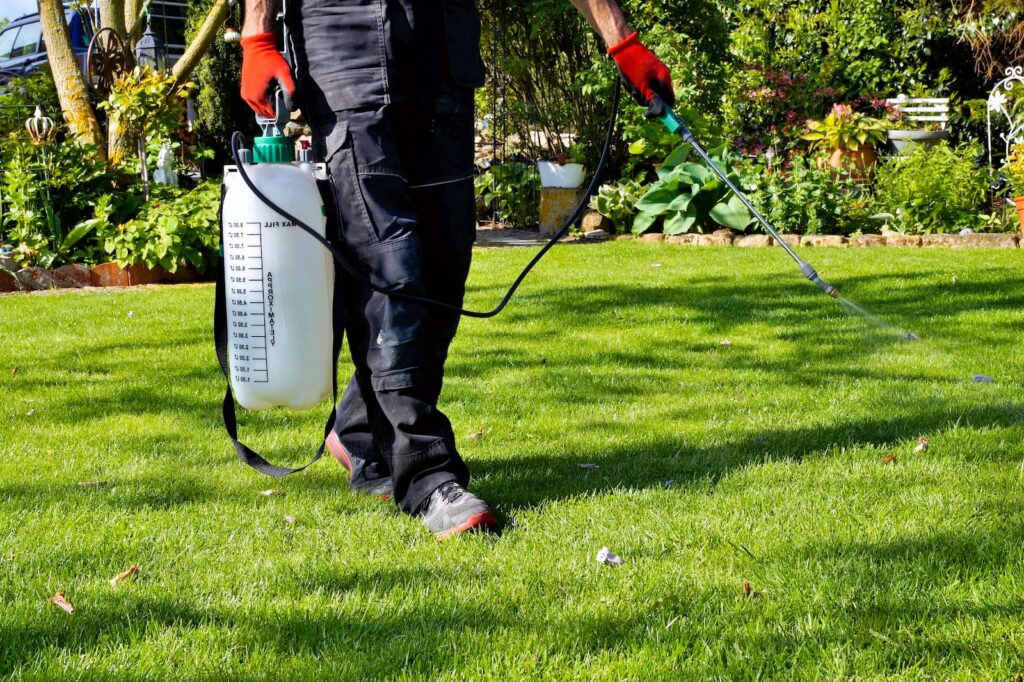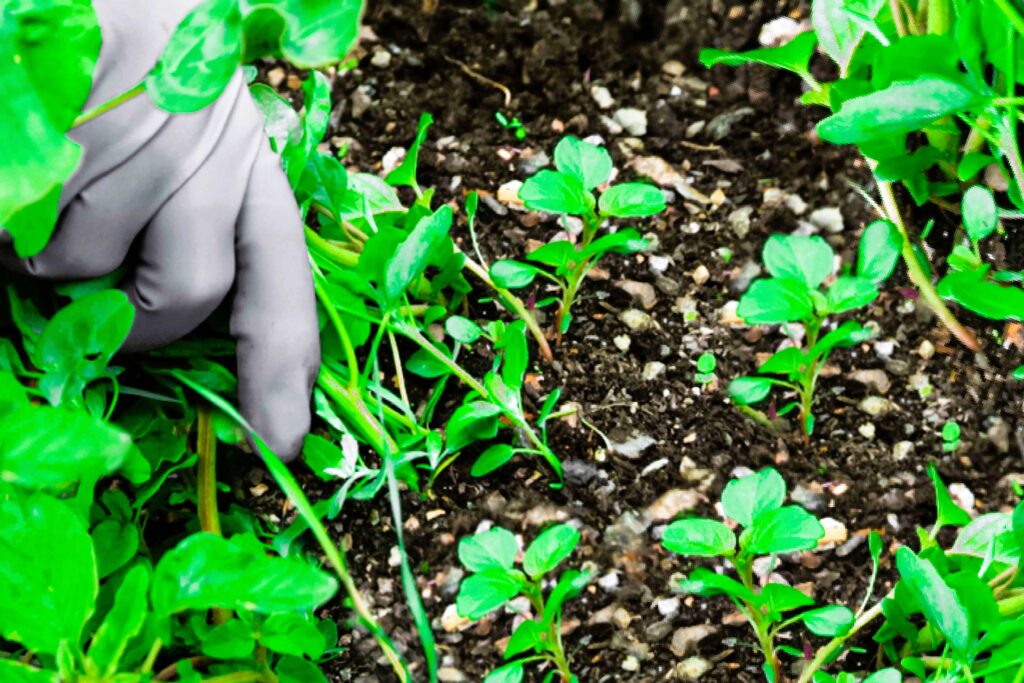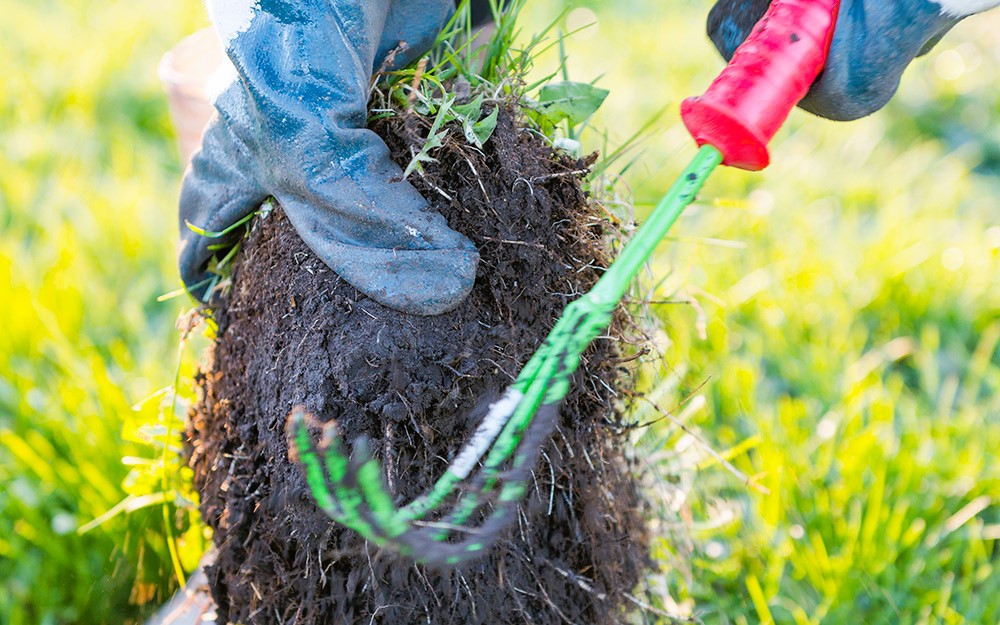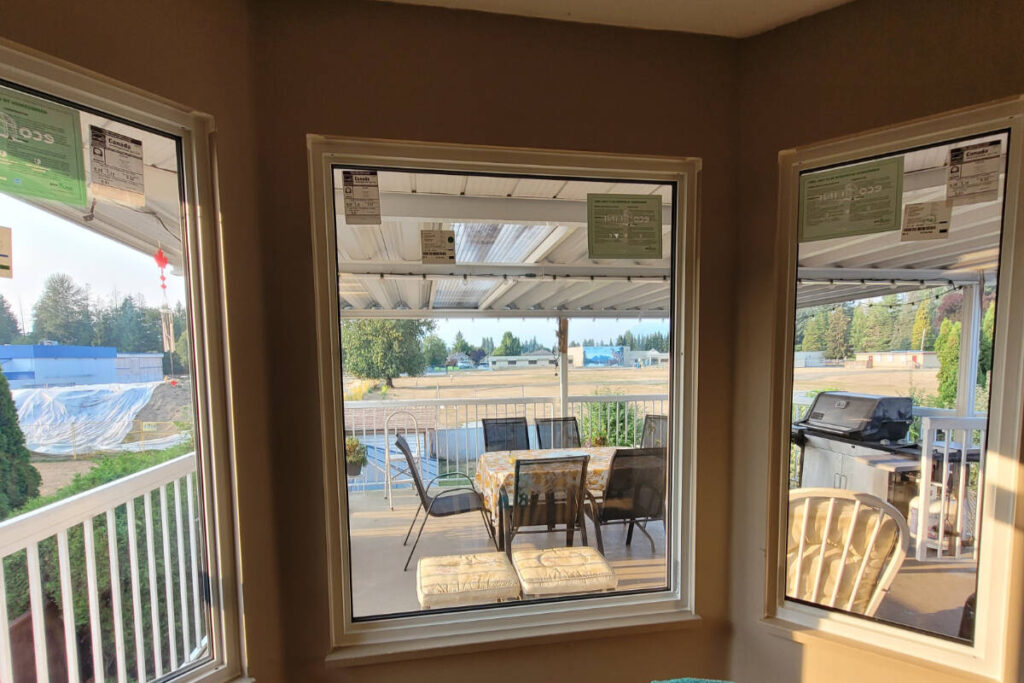
A lush, green lawn is the pride of any homeowner, but the persistent presence of weeds can quickly tarnish its beauty. Weeds not only detract from the overall aesthetics of your yard but also compete with your desirable plants for nutrients, water, and sunlight. Controlling weeds is a crucial aspect of lawn maintenance, and in this article, we will explore effective methods for keeping your yard clean and weed-free.
Understanding Weeds
Before delving into weed control methods, it’s essential to understand what weeds are and why they thrive in your yard. Weeds are essentially plants that grow where they are not wanted and have the potential to cause harm or inconvenience. They often outcompete desirable plants due to their rapid growth and resilience.
Common Types of Weeds

Several common weed species can invade your yard, including:
- Dandelions: These yellow-flowered plants have deep taproots, making them challenging to remove.
- Crabgrass: Known for its invasive nature, crabgrass can quickly spread and smother your lawn.
- Clover: While some homeowners intentionally plant clover for its nitrogen-fixing properties, it can become a weed when it takes over the lawn.
- Thistles: Thistles have prickly leaves and can be challenging to eradicate once established.
- Broadleaf Weeds: These include a variety of plants with broad leaves, such as chickweed and plantain.
Effective Weed Control Methods
Now, let’s explore effective methods for controlling weeds in your yard:
1. Manual Removal
The simplest and most straightforward method is manually pulling weeds. Use a weeding tool or your hands to remove weeds from the root. Be sure to pull them out entirely, including the roots, to prevent regrowth. This method is best for small infestations and is most effective when done after rain when the soil is soft.
2. Mulching
Applying mulch to your garden beds and around the base of trees and shrubs can help suppress weed growth. Mulch creates a barrier that blocks sunlight and prevents weed seeds from germinating. Organic mulches like wood chips and straw are excellent choices. External lighting for your yard, see the link for more details.
3. Regular Mowing
Maintaining a proper mowing schedule is essential for preventing the growth of weeds like dandelions and clover. Keeping your grass at the recommended height shades the soil, making it less conducive to weed growth.
4. Herbicides
Herbicides are chemical weed control solutions that can be effective when used correctly. Selective herbicides target specific types of weeds without harming your desirable plants, while non-selective herbicides can kill all vegetation. It’s important to read and follow the instructions on the product label and use caution when using herbicides near water sources.
5. Pre-Emergent Herbicides
Pre-emergent herbicides are applied before weed seeds germinate. They create a barrier in the soil that prevents weed seeds from sprouting. This method is particularly effective against annual weeds like crabgrass.
6. Post-Emergent Herbicides
Post-emergent herbicides are used on established weeds. They are most effective when applied to young, actively growing weeds. Be sure to follow application instructions carefully.
7. Healthy Lawn Care Practices
Maintaining a healthy lawn through proper watering, fertilization, and aeration can go a long way in preventing weed infestations. A dense, healthy lawn leaves less room for weeds to take hold.

8. Landscape Fabric
Landscape fabric or weed barrier cloth can be placed beneath mulch or gravel to inhibit weed growth. This is especially useful in garden beds and areas with ornamental plants.
9. Professional Weed Control Services
For persistent or extensive weed problems, consider enlisting the help of professional weed control services. They have the knowledge and resources to effectively manage weed infestations and prevent their return.
10. Handheld Tools
Handheld tools such as hoes, weeders, and weed trimmers can be used to maintain weed-free areas in your yard. Regularly inspect your yard and use these tools to address weeds as they appear.
In conclusion, effective weed control is essential for maintaining a clean and healthy yard. By understanding the types of weeds in your area and implementing a combination of manual, chemical, and preventative methods, you can keep your yard looking its best. For more information on weed control and lawn maintenance, you can visit Weed Control. A well-maintained, weed-free yard not only enhances your home’s appearance but also provides a pleasant outdoor space for relaxation and enjoyment.



